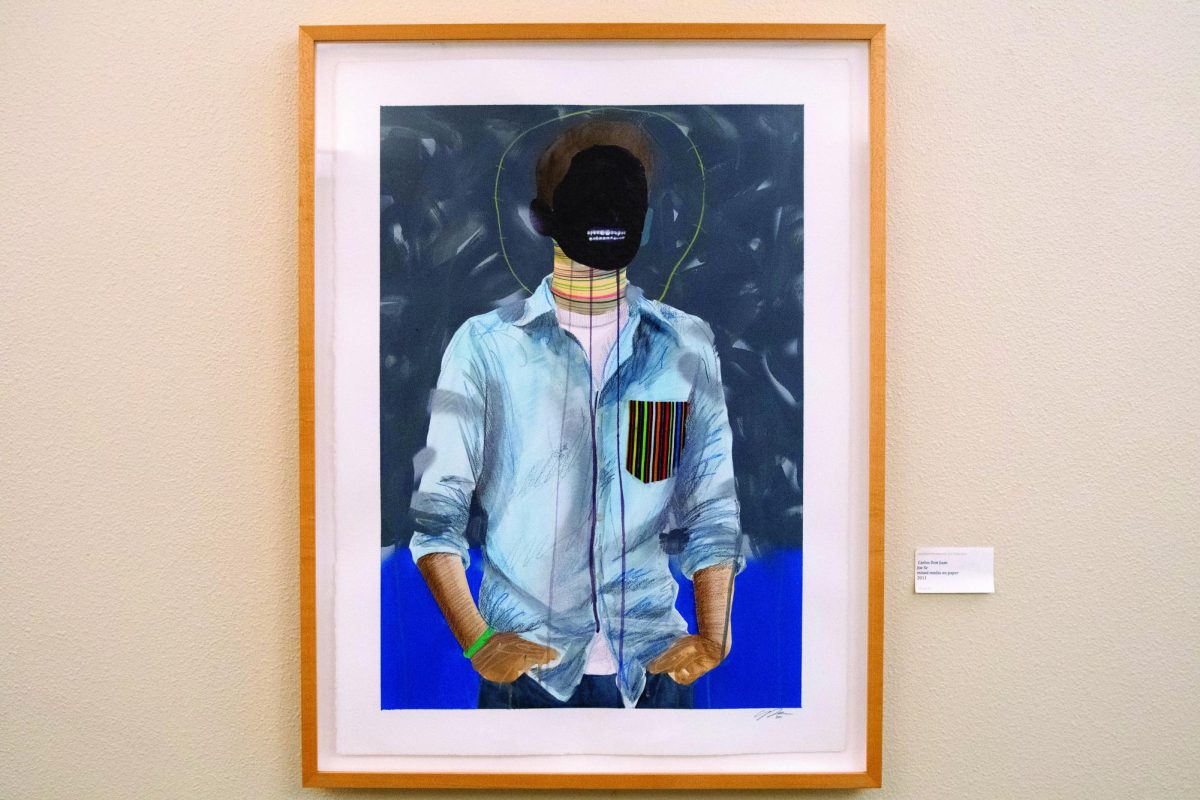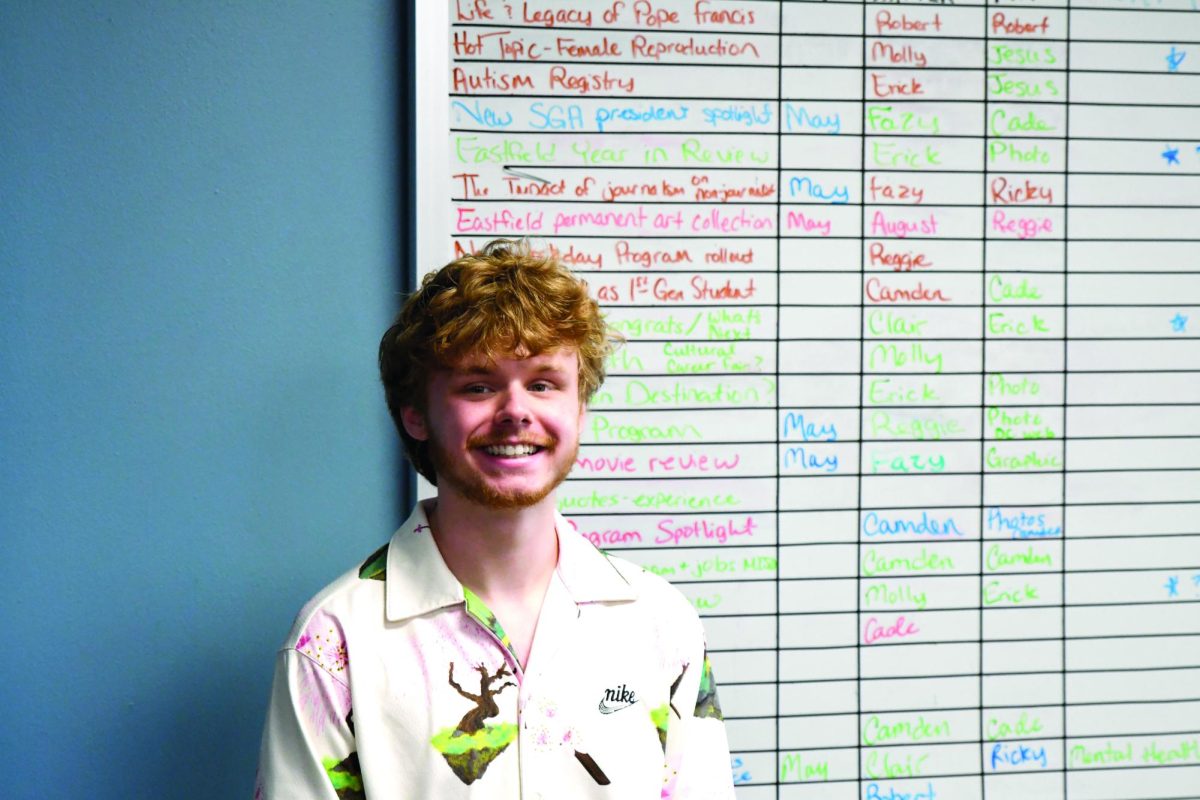
By Caitlin Piper
It’s been nearly 20 years since we first ventured into the Spencer Mansion in the original “Resident Evil” on the PlayStation, and Capcom sure doesn’t want us to forget it. In the time since the original game’s release, we’ve seen no less than eight unique re-releases and one full-fledged remake exclusive to the Nintendo GameCube, the latter of which is widely regarded as one of the best video game remakes ever made.
Lovingly dubbed the REmake by fans, this version of the game featured significantly improved graphics, an updated soundtrack, more enemies and locations and a much more oppressive atmosphere.
As of Jan. 20, the REmake is available on most current-gen consoles with a few nifty extras and mild technical upgrades as the “Resident Evil HD Remaster,” but it’s still the deliciously cheesy, sometimes disturbing romp we know and love beneath all the improved textures and gratuitous jiggle physics.
While this makes a world-renowned classic much more accessible to modern gamers, the lack of any significant new content and a few technological hiccups might scare away some long-time fans looking to return to the Mansion.
It’s 1998. Gruesome murders are terrorizing the denizens of Raccoon City, a small “Midwestern” town nestled in a forested mountain range. Victims were partially devoured after being attacked by a roving band of about 10 people, and no one can seem to find any answers for it.
Players can choose between two members of S.T.A.R.S. — a local special forces team deployed to investigate the murders — depending on their preferred difficulty level: Jill Valentine, a so-called “master of unlocking” whose extra inventory slots and proficiency with a lock pick more than make up for her below-average stamina, and Chris Redfield, a chain-smoking meathead whose high stamina and improved aim barely make a dent in the challenge presented by running through the game with two fewer item slots. Players can also choose between a set of new costumes for each character and three difficulty levels, including an easier difficulty exclusive to the HD Remaster.
I’ve always thought the REmake has held up remarkably well in terms of graphics, and it looks even better in HD. The character models have received mild upgrades, and the somewhat pixelated textures of the original game are now in much higher resolution. The lighting and shadow effects have also been tweaked, but the default brightness level obscures most of the action onscreen. Even on the highest setting, the in-game brightness is still noticeably darker than it was in the original REmake.
The Remaster also features the option to run the game at 60 frames per second in some versions. While this is a good idea in theory, it has a rather unsettling effect in practice. The REmake originally ran at 30 frames per second, and some sections have not adjusted well to the upgrade. It doesn’t have much of an impact on normal gameplay, but characters in cutscenes all look less like scared people bumbling around a decrepit mansion and more like cardboard cutouts jiggling in front of a green screen.
The most notable addition to the HD Remaster is also its most controversial: the option to play with a more modern control scheme. The early “Resident Evil” games pioneered tank controls — a set-up where a character in a three-dimensional game always moves forward when the player pushes up on the analog stick or d-pad and rotates in place when they push left or right regardless of the orientation of the camera.
I’ve personally never liked tank controls, finding them clunky and difficult to master, but they worked with the early titles because the fixed camera angles were constantly changing as characters moved around a room. The new control scheme allows players to move in any direction they tilt the analog stick. While this makes it much easier to bypass zombies in tight corridors, it can be a little disorienting once the camera changes position. I preferred the new controls once I got used to them, but most players will probably want to stick with the classic control scheme.
Unfortunately, this is yet another version of “Resident Evil” where we cannot skip the characteristic loading screens. These animations, which activate every time a player changes location, are unique to the series and were originally included as a clever way around the technical limitations of the original PlayStation. While that worked in the late 90s, it seems silly that we still have to sit through these repetitive 10-second scenes every time we open a door or climb a ladder, especially since we were able to bypass them in the Nintendo DS port that ran on far less powerful hardware 10 years ago. It’s a small, but annoying flaw.
In the end, none of these problems permanently tarnished my enjoyment of the game. This is still the REmake I fell in love with 15 years ago, all dolled up for modern consoles. I love this game in all its campy glory, and while it’s perhaps not quite as polished as I’d hoped, I still had a lot of fun playing it, especially with its updated controls.
Purists might not like some of the changes, but the unfortunate few who have yet to venture into the Spencer Mansion should definitely give it a try.






